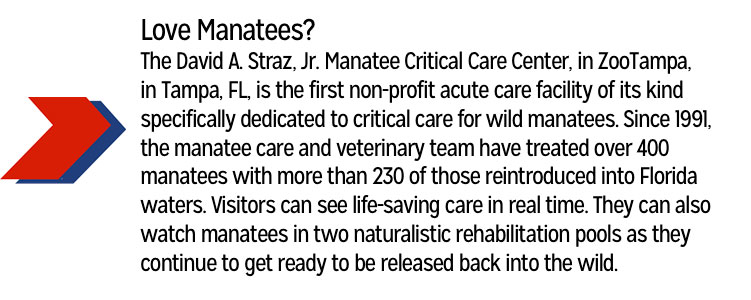Discover the Best Zoos in the US
From San Diego to Omaha and Denver, learn about the best zoos the US has to offer.
Exploring zoos allows children and adults see a wide variety of animals from around the world. Across the United States, zoos provide sanctuaries to animals in danger of extinction, offer educational programs and allow visitors to learn about different species from around the globe. Combining entertainment with conservation education, zoos offer a unique and enriching experience. Whether looking to see some rare animals or just a chance to get outside, here are some of the best zoos in the U.S.
How to Do The Zoo
Look for the Association of Zoos and Aquariums (AZA) logo whenever you visit a zoo or aquarium. This assures that you are supporting a facility dedicated to providing excellent care for animals, a great experience for you, and a better future for all living things.
As of March 2024, there are currently 236 AZA-accredited institutions. You can also search for AZA-accredited zoos and aquariums by zip code: Find a zoo or aquarium near you.
If you are a member of your local AZA-accredited zoo or aquarium, you may be eligible for reciprocal admission to other participating facilities. Learn more about the AZA Reciprocal Admissions Program and find a list of participating facilities.
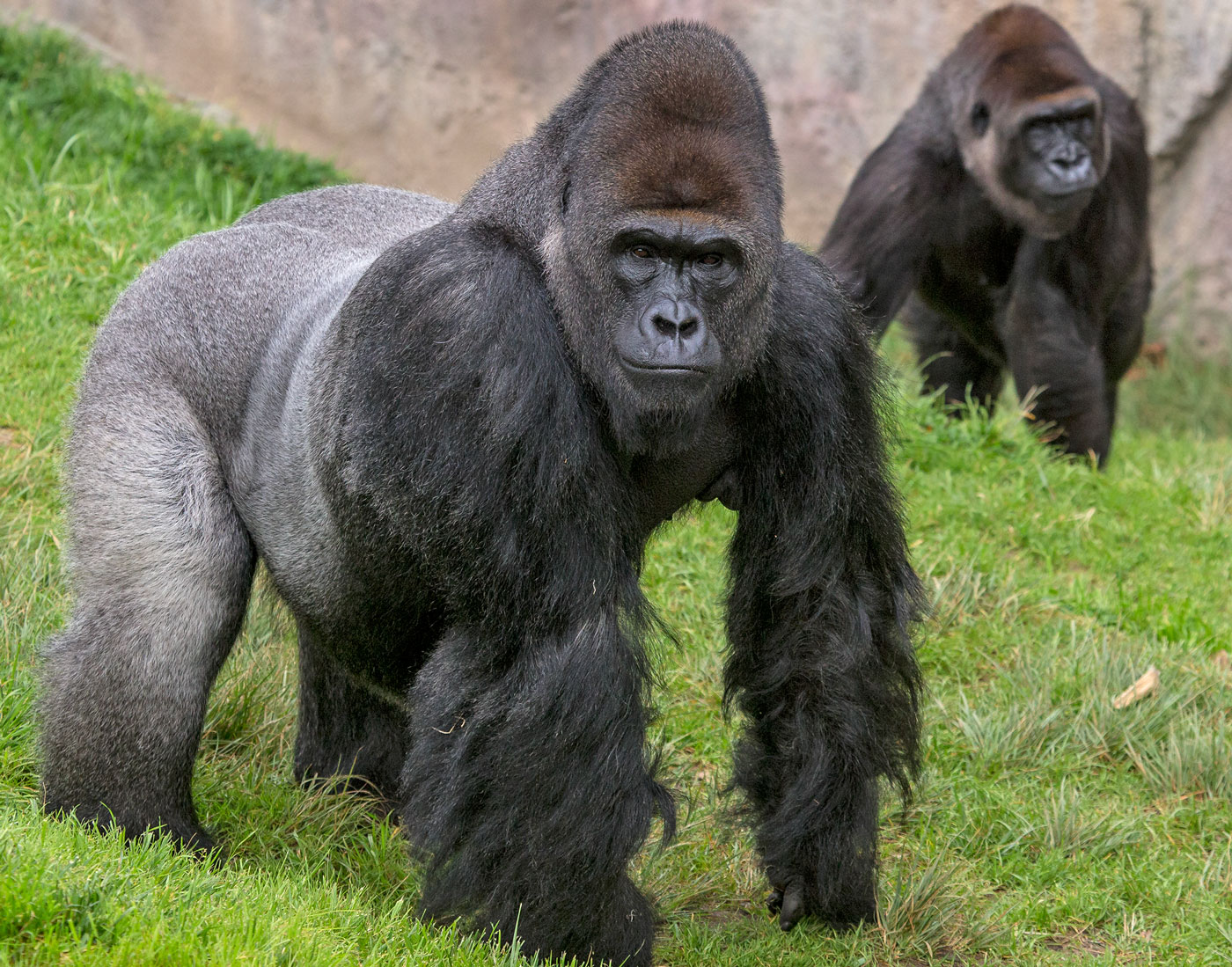 San Diego Zoo
San Diego Zoo
San Diego Zoo - San Diego, California
The San Diego Zoo was founded in 1916 and is home to one of the world's largest collections of endangered animals. Known as the most visited zoo in the country, it was a pioneer for cageless exhibits that allow visitors to view the animals in more natural habitats. Located on 100 acres, the San Diego Zoo also offers wildlife presentations, play areas, behind-the-scenes activities and self-guided tours of the extensive botanical gardens onsite. Visitors looking for something even more unique can travel 35 miles to the zoo's sister location, San Diego Zoo Safari Park, for an open-air safari ride to get up close and personal with elephants, giraffes, rhinos and other savanna species.
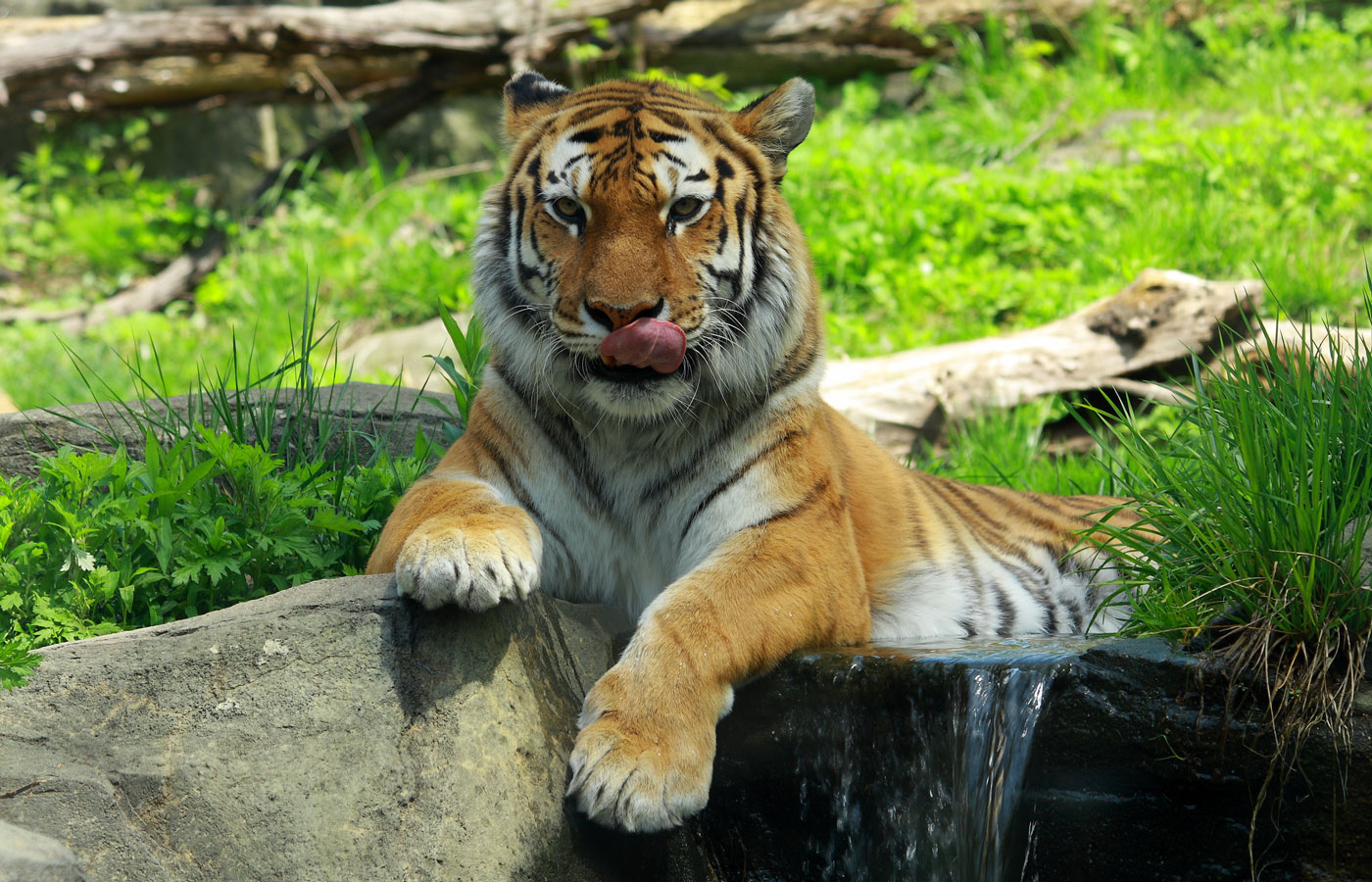 Getty
Getty
Members save up to 30% on zoos and aquariums at AAA.com/ZoosAquariums
Get Discount!Bronx Zoo - Bronx, New York
Founded 125 years ago and located in one of the country's largest metropolitan areas, the Bronx Zoo sits on more than 260 acres. Home to the first modern zoo-animal hospital, the Bronx Zoo has more than 11,000 animals belonging to 650 species on site. Visitors can explore a variety of different exhibits, including a butterfly garden, sea bird aviary, giraffe building and tiger area. The zoo's commitment to conservation is evident in its breeding programs for endangered species and its representation on the television show The Zoo. In addition to animal exhibits, the Bronx Zoo has a bug-themed carousel, animal feedings and an aerial nature trek experience to view the zoo like the birds do.
Omaha's Henry Doorly Zoo & Aquarium - Omaha, Nebraska
Seventeen exhibits await visitors at Omaha’s Henry Doorly Zoo & Aquarium. Founded in 1895 with animals on loan from showman William “Buffalo Bill” Cody, the zoo now features the world’s largest indoor desert, the largest nocturnal exhibit and one of the largest rainforests. Visitors can explore 160 acres, including a gorilla habitat crucial for conservation, and see elephants, giraffes, cheetahs and orangutans. One special feature is the safari tent camp, where families can stay overnight beside the lion exhibit. The Suzanne and Walter Scott Aquarium is also part of the zoo, and visitors can walk through a 70-foot shark tunnel, experience coral reefs and see Antarctic penguins.
Brookfield Zoo Chicago - Brookfield, Illinois
Less than 20 miles outside Chicago, Brookfield Zoo has a long history of firsts. Founded in 1934, it was the first zoo to have a baby black rhino born in it, and later in 1937, it became home to the first giant panda in a United States zoo. Spanning over 200 acres and housing more than 2,000 animals, the zoo offers various exhibits and encounters, including feeding experiences and viewing animals like polar bears, African lions, zebras, pygmy hippos and bottlenose dolphins. Don't miss the Anniversary Ferris Wheel and the zoo's wooden carousel, one of the largest hand-carved ones in the U.S.
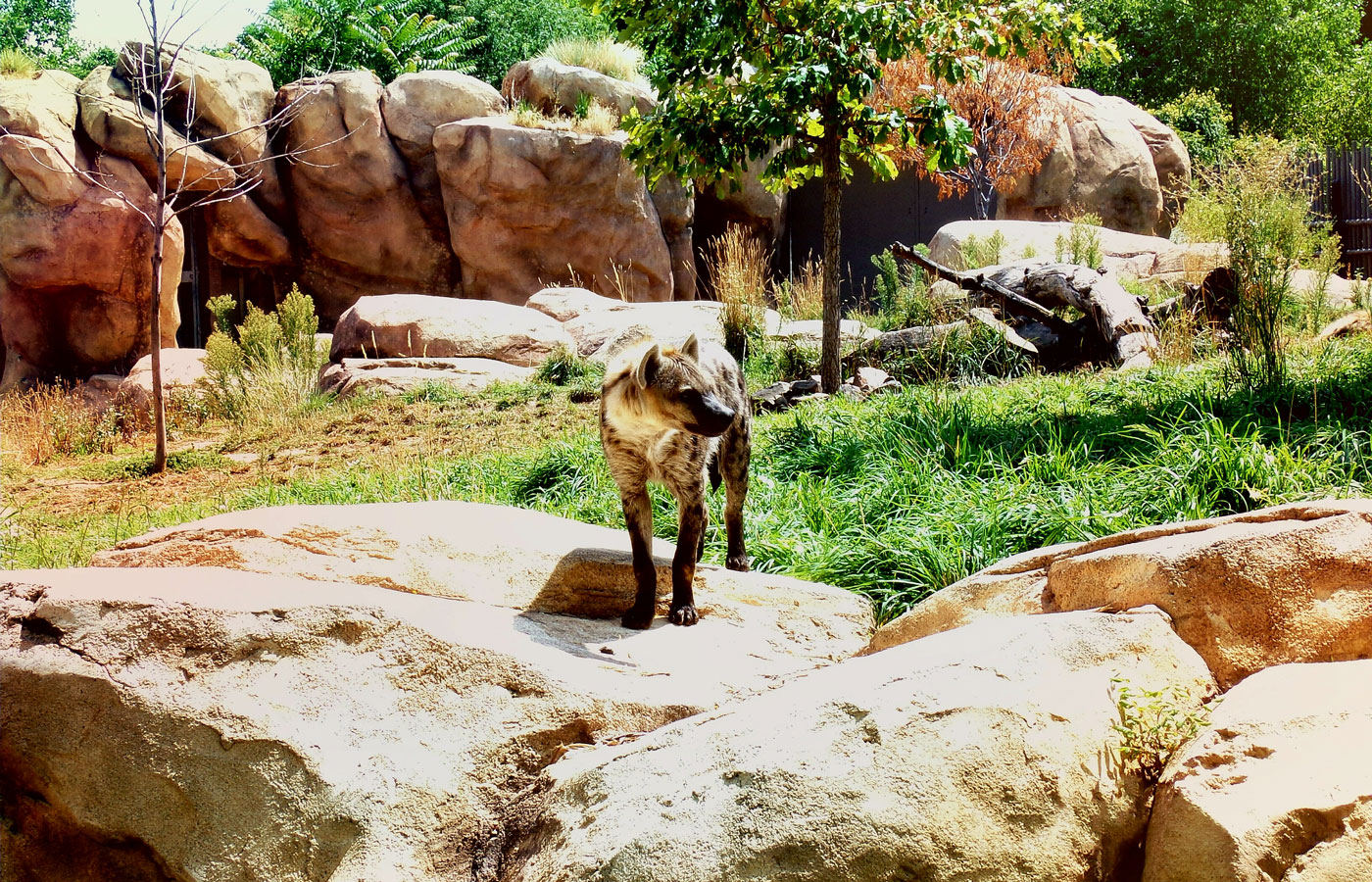 Getty
Getty
Denver Zoo - Denver, Colorado
With over 125 years of history, the Denver Zoo began with a gift of a black bear. One of the first zoos allowing visitors to view animals without bars, it is listed on the National Register of Historic Places. Today, visitors can experience more than 3,500 animals across 85 acres in habitats such as Tropical Discovery, Stingray Cove, Harmony Hill Bear Habitat and Toyota Elephant Passage, a unique habitat of two miles of connected trails that allows visitors to enjoy one of the largest elephant habitats in North America. There is also a mini railroad, carousel and virtual reality gorilla trek. The zoo also offers SNAP/EBT cardholders discounted admission and has seven free community days throughout the calendar year.
Philadelphia Zoo - Philadelphia, Pennsylvania
Established in 1874 with an original charter from 1859, Philadelphia Zoo is considered America's first zoo. Located in Fairmount Park, it spans 42 acres and houses over 1,900 animals from nearly 200 species worldwide. Also home to the first successful births of chimpanzees and orangutans in the United States, the Philadelphia Zoo is well known for its work in helping to save endangered species. Visitors can explore exhibits, including Raptor Ridge, Cat Conservation Center, Outback Outpost and African Plains. There's also a barnyard area to explore, along with an Amazon Rainforest Carousel and kid's train.
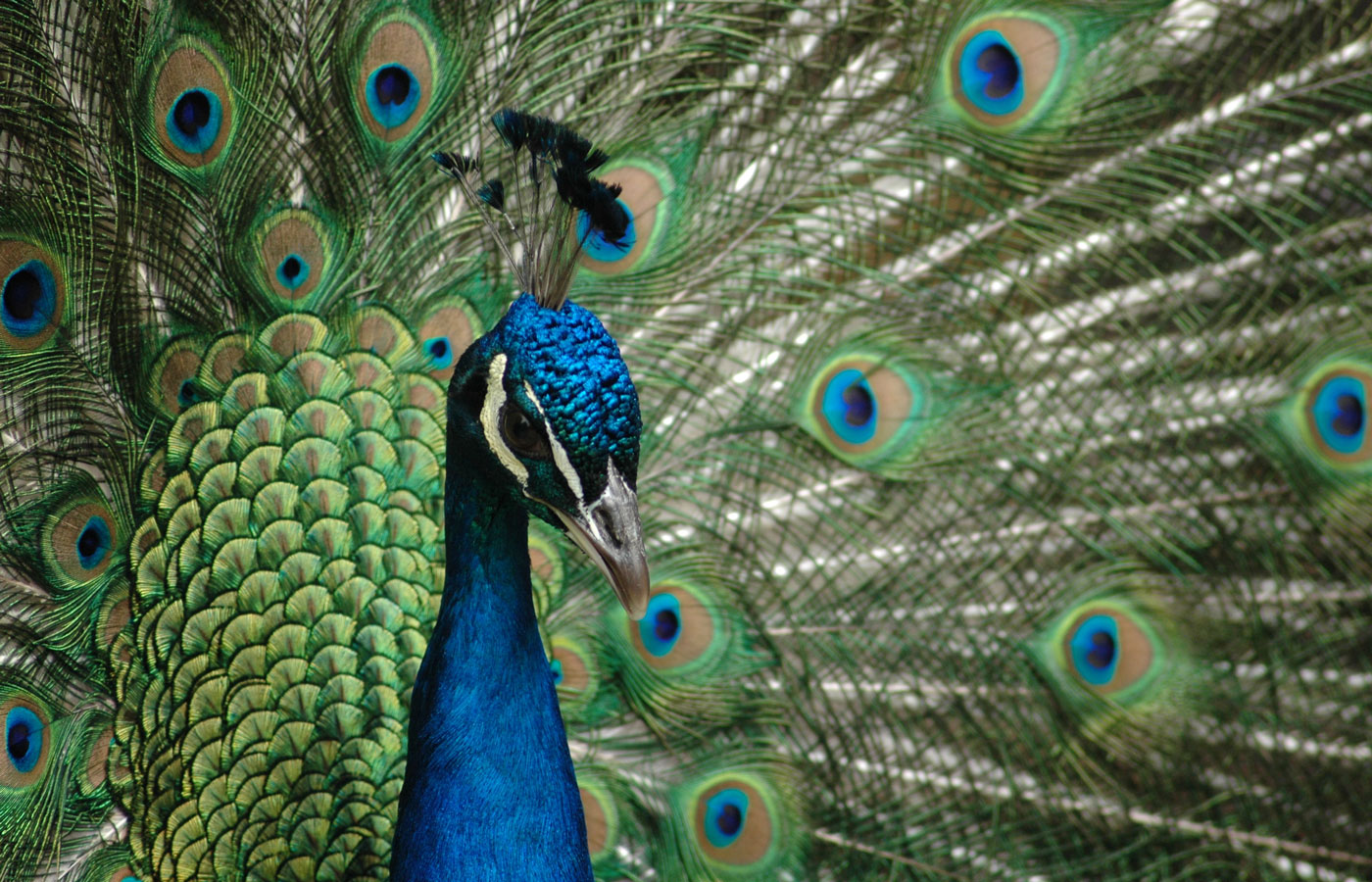 Getty
Getty
Cincinnati Zoo & Botanical Garden - Columbus, Ohio
The distinction of the second oldest zoo in the United States often goes to the Cincinnati Zoo & Botanical Gardens. Founded in 1875, the zoo is home to over 400 animal species, including kangaroos, bald eagles, gorillas and red pandas. Unique to the area is the Manatee Springs exhibit, which highlights Florida's ecosystem and rehabilitates injured manatees for release back into the wild. The botanical gardens are woven throughout the zoo grounds, featuring over 3,000 plant species, including pollinators, ferns, perennials and plants native to Columbus.
Another special feature is the Access for All program. It includes sensory bags with noise-canceling headphones, calming rooms, an ADA-accessible ropes course and discounted admission for SNAP/EBT recipients and Big Brothers and Big Sisters with a guest. This program ensures many can enjoy the zoo who might not otherwise have the chance.
Audubon Zoo - New Orleans, Louisiana
Nestled in the heart of Crescent City, the Audubon Zoo is a cherished part of the city. On 58 acres within Audubon Park, the zoo is home to over 2,000 animals from 250 species. Visitors can explore exhibits representing the African savanna, Asia and the Louisiana swamp and see a wide variety of animals, including Komodo dragons, jaguars, flamingos and African painted dogs. Part of Audubon Park is also the Cool Zoo water park, the Audubon Aquarium and the Audubon Insectarium, all of which can be added to zoo ticket purchases at a discounted cost.
Cheyenne Mountain Zoo - Colorado Springs, Colorado
On 146 acres with a mountainside view, the Cheyenne Mountain Zoo offers visitors a unique way to interact with animals. At an elevation of over 6,700 feet, it is one of the highest zoos in the world and home to more than 170 different species. Visitors can experience exhibits such as Water's Edge: Africa, Asian Highlands, Australian Walkabout and Rocky Cliffs, where you can see Rocky Mountain goats climbing vertically up the boulders. Cheyenne Mountain Zoo participates in wildlife conservation and offers opportunities to raise funds by letting visitors purchase artwork created by animals like orangutans, lizards and birds.
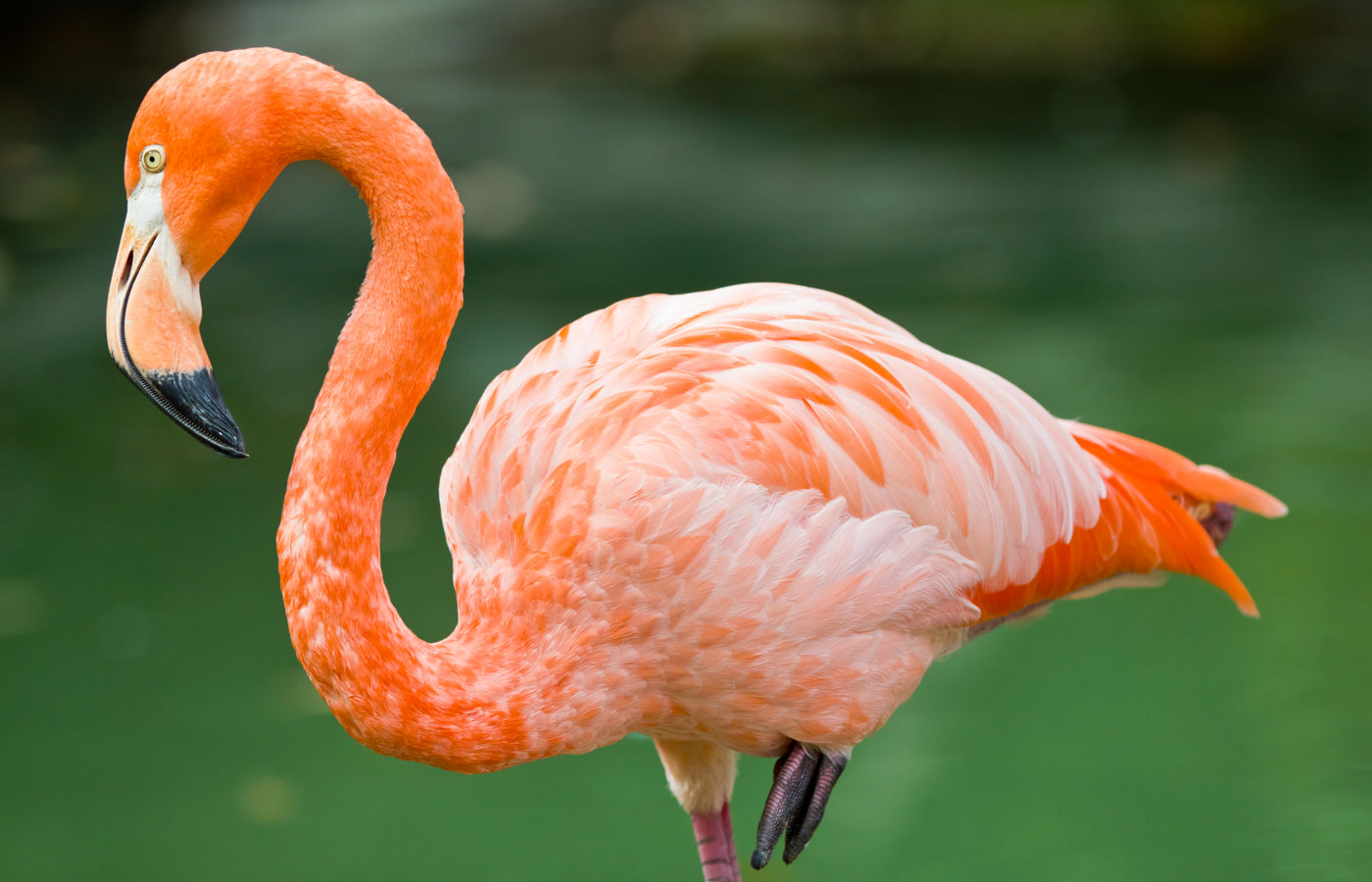 Getty
Getty
Columbus Zoo and Aquarium – Columbus, Ohio
Made famous by former Zoo Director and television personality Jack Hanna, the Columbus Zoo and Aquarium is well known for its conservation efforts and large footprint. Spanning across 580 acres, the zoo houses 10,000 animals from 600 species. Visitors can explore diverse habitats, including the African savanna, a manatee rehab facility and experiences with polar and brown bears. The zoo also offers a variety of amusement rides, including the oldest roller coaster in Ohio, and provides sensory maps and an ADA ride and attraction guide to make the Columbus Zoo accessible to everyone.
Fort Worth Zoo - Fort Worth, Texas
The second oldest zoo in Texas, Fort Worth Zoo was founded in 1909 and is known for its innovative exhibits. Home to more than 540 species, the zoo offers visitors the opportunity to explore habitats such as Predators of Asia and Africa, Elephant Springs and “Texas Wild!”, which honors the vast variety of species that call the state home. Another unique exhibit is the zoo's Museum of Living Art (MOLA). Built to make the exhibit a piece of art, MOLA uses artwork alongside 5,000 amphibians and reptiles living in the indoor/outdoor facility. The zoo offers sensory bags on a first-come, first-served basis to help guests with sensory sensitivities enjoy the zoo, along with communication boards and quiet zones. Small coolers with outside drinks and food are permitted to help guests with dietary restrictions.
Indianapolis Zoo - Indianapolis, Indiana
Located within White River State Park, the Indianapolis Zoo features five unique areas showcasing 230 species. Visitors can explore over 90 species of aquatic animals in the Oceans, including the world's only underwater dolphin viewing dome. They can also see wildebeests, gibbons, crocodiles, meerkats and zebras in the Plains, Forests, Deserts and Flights of Fancy habitats. Additionally, guests can enjoy White River Gardens, featuring over 16,000 native and exotic plant species, a water garden and a glass-enclosed conservatory.
 Getty
Getty
Smithsonian's National Zoo & Conservation Biology Institute - Washington, D.C.
Also known as the National Zoo, the Smithsonian's National Zoo & Conservation Biology Institute was established in 1889. Located in Rock Creek Park in the nation's capital, admission is free. Once home to America's most famous giant pandas, the 163-acre zoo houses 2,200 animals of 400 species. Habitats include the American Trail, showcasing North American wildlife like sea lions and bald eagles; the Great Ape House; and Amazonia, home to the two-toed sloth, Roseate spoonbill and various frogs. Conservation efforts include the Smithsonian Migratory Bird Center. Accessibility services include sign language interpretation and complimentary wheelchair rentals.
Saint Louis Zoo - St. Louis, Missouri
The Saint Louis Zoo, home to more than 16,000 animals over a 90-acre area, was established in 1910 on land originally used for the World's Fair. Initially starting with a small collection of bears and lions, today guests can observe mammals, amphibians, fish, reptiles and birds in various habitats, featuring lions, giraffes, American white pelicans, western lowland gorillas, frogs, spider monkeys and vultures. Visitors can also visit the Edward K. Love Conservation Foundation Cypress Swamp and see the original 1904 World's Fair Flight Cage now housing cold-hardy birds. The Saint Louis Zoo offers free admission to keep accessibility open to all.
Memphis Zoo - Memphis, Tennessee
Founded in 1906, the Memphis Zoo is located on almost 80 acres in Overton Park, 5 miles from downtown Memphis. Zoo guests can visit 15 habitats, including Primate Canyon, the herpetarium and Animals of the Night to get an up-close view of the more than 3,500 animals living there. One unique exhibit at the zoo is Dino Park. For an additional fee, visitors can step far back in time, explore the Mesozoic era and discover how now extinct dinosaurs are connected with current-day animals living at the Memphis Zoo.
 Getty
Getty
Lincoln Park Zoo – Chicago, Illinois
Established in 1868 and located just north of Navy Pier in Chicago, Lincoln Park Zoo is in the running for being considered the earliest zoo in America. Lincoln Park Zoo always offers free admission, spanning 49 acres and evolving alongside Illinois’ largest city. Home to more than 200 species of animals and 850 plants, the zoo offers the opportunity to view exotic animals like aardvarks, African rock pythons, Japanese macaques and the laughing kookaburra in an urban setting. Lincoln Park Zoo also offers an accessibility program, including sensory-friendly mornings, memory enrichment days, guided descriptions for the vision impaired and American Sign Language interpreters by request.
